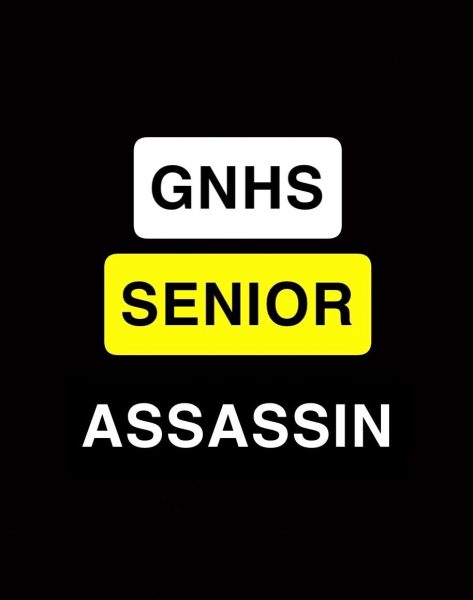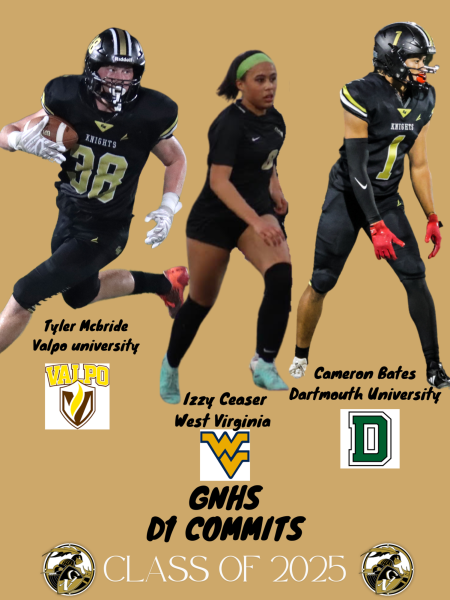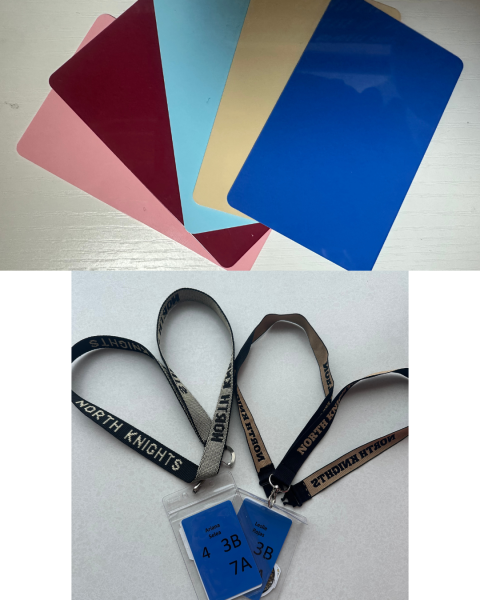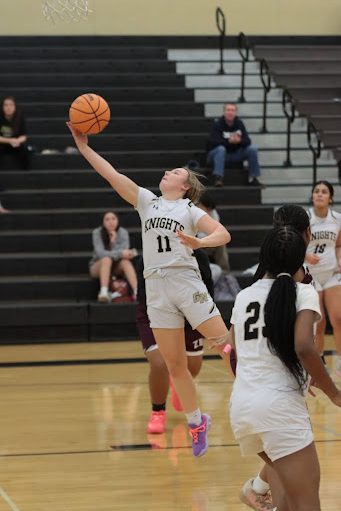Students display researched projects, receive awards
Students in US History classes took new approaches to their History Fair projects this year by creating websites, exhibits, and documentaries in order to make it to the Sectional competition, Regional finals, as well as the State finals.
Each year, students in US history classes work to create projects that examine a specific historical topic of importance to them.
“One of the things I like about History Fair is that the students choose topics I don’t know about. I like that students choose their topic and have the motivation to research that topic,” said social studies department chair Chris Kubic.
Students research their selected topics and go to great lengths to analyze their topics’ significance to history.
“Part of doing a History Fair project is starting with a historical question, something that is interesting to you that you want to find out more about,” said US history teacher Erin Wise. “We ask our students right away, ‘what interests you?’ and then we say, ‘how can you turn that curiosity into a thesis and into an exploratory process’?”
Every project takes a large amount of time, and the teachers incorporate lessons students have learned throughout the year about progress.
“Our entire curriculum is based on the idea of building skills. History Fair is completely woven in the idea of building these skills,” Wise said.
These skills that students use help them to demonstrate how their topic relates to the theme for the year.
“This year, students had to use argumentation to prove a point about the leadership and legacy that went along with their topic,” Kubic said.
There are some interesting topics as well as designs for projects. Many students have created exhibits and unique documentaries. One student, Jessica Rivest, took an even more creative approach and created a live performance based on her topic “Emma Goldman: A Leader with An Ever-Changing Legacy.”
“I’m very excited that I get to go to Regionals. I’m glad that competitions like History Fair exist so students get the opportunity to learn more about history in a fun, creative way,” she said.
Once the projects are completed, they are judged by staff members, administrators, community members from the VFW, the Grayslake Historical Society, and History Fair alumni.
“When choosing a project, I look for a strong analysis. I make sure they have an argument and a thesis, but I also want to see if they learned something,” Wise said.
After Sectionals, Jessica Rivest, Corryn Smith, Jordan Calta, Blake Wilshire, and Molly Smith all advanced to the Regional Finals.
Many students interview extensive sources and go to great lengths to research their topics. Junior Corryn Smith interviewed the head of the Special Olympics in Chicago for her story.
“I learned that an individual can have a huge impact on the world, and I learned that it just takes dedication to do something you’re passionate about,”she said
Teachers hope that students use the skills they’ve acquired through the project to research topics in the future and explore their interests.
“As a historian, you want to find a moment in time that really captures your interest. The great reason behind History Fair is that we open up our students’ eyes to one small moment in history, and then their curiosity continues and they continue exploring information,” Wise said.
In addition, several students won other awards provided by teachers. Junior Merissa Slowik won the American Legion & Social Studies Award for Advancing Democracy.
“I was really honored that I won this award. There were many projects that were extraordinary, and I’m glad that all my hard work and dedication paid off,” Slowik said.
The skills gained by completing the projects will continue to help students throughout the year and in other classes beyond.





